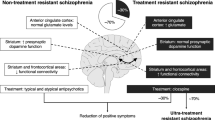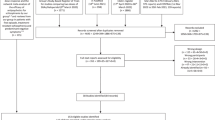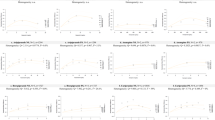Abstract
The pharmacological properties of the novel antipsychotic drugs (APDs) risperidone, sertindole, olanzapine, quetiapine, ziprasidone, remoxipride, and amperozide are reviewed and compared with haloperidol and clozapine. Focus is made on their receptor profiles, their effects in animal models used for evaluation of antipsychotic activity, and extrapyramidal side effects (EPS). In addition, the contrasting actions of these compounds on animal models of cognition, anxiety, and depression are briefly reviewed. The available evidence indicates that novel APDs and clozapine can be differentiated from haloperidol, particularly in models of EPS and cognitive side effects. However, among the group of novel APDs there are many individual differences in models reflecting limbic versus striatal inhibition of dopamine function: clozapine and sertindole show the largest limbic selectivity, followed by quetiapine, ziprasidone, olanzapine and remoxipride, whereas risperidone in many respects has a profile that resembles haloperidol. To date, the results of clinical studies have confirmed the predictions of lower incidence or absence of EPS after administration of novel APDs in doses which demonstrate antipsychotic efficacy. © 1998 American College of Neuropsychopharmacology
Similar content being viewed by others
Article PDF
Author information
Authors and Affiliations
Rights and permissions
About this article
Cite this article
Arnt, J., Skarsfeldt, T. Do Novel Antipsychotics Have Similar Pharmacological Characteristics? A Review of the Evidence. Neuropsychopharmacol 18, 63–101 (1998). https://doi.org/10.1016/S0893-133X(97)00112-7
Received:
Revised:
Accepted:
Published:
Issue Date:
DOI: https://doi.org/10.1016/S0893-133X(97)00112-7



